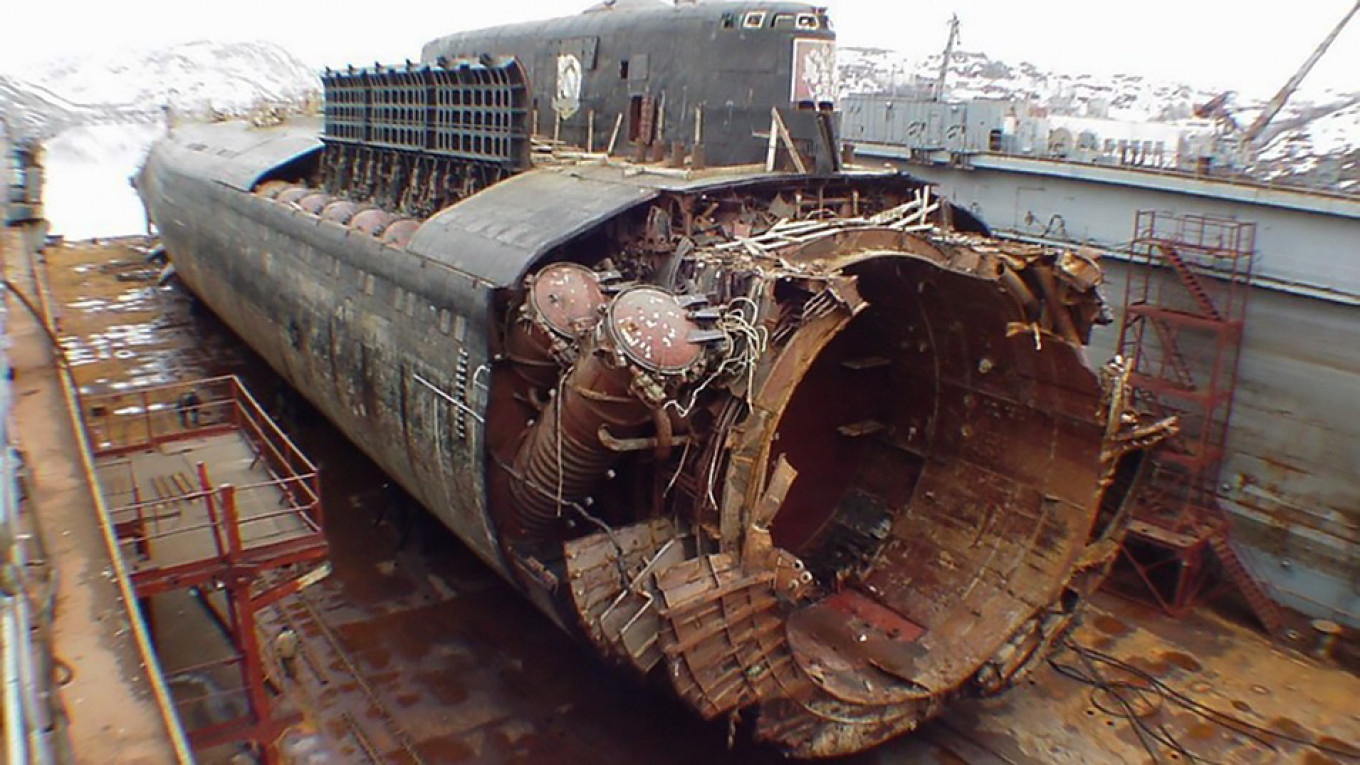Introduction
The phrase “russian nuclear submarine accident” evokes both fear and fascination. These immense vessels are not just war machines but floating arsenals of unimaginable power, silently patrolling the oceans with destructive potential capable of reshaping nations. Yet in Russia’s naval history, nuclear submarines have carried not only weapons but also grim legacies of accidents, secrecy, and tragedy. From Cold War experiments to the haunting loss of the Kursk, their story is one of sacrifice, silence, and unresolved mysteries.
Understanding Nuclear Submarines
The Essence of a Nuclear Vessel
Unlike diesel-powered submarines, nuclear subs are driven by reactors that allow them to remain submerged for months at a time. They can circle the globe undetected, carrying missiles primed for devastating retaliation.
Role in Warfare
Nuclear russian nuclear submarine accident embody a country’s “second strike” capability, ensuring that even if attacked, it can respond with equal force. They are silent guardians, securing deterrence beneath the waves.
Burden of the Russian Fleet
Inherited from the Soviet Union, Russia’s nuclear submarine force was once the largest in the world. But rapid development, aging technology, and limited funding left it vulnerable to failure and disaster.
A Chronicle of Disasters
The Reckless Cold War Race
The 1950s and 1960s saw frantic innovation at the cost of safety. In this rush, tragic accidents became inevitable.
K-19, the “Widowmaker” (1961)
A reactor coolant failure exposed sailors to lethal radiation. They knowingly sacrificed themselves to prevent an even greater catastrophe.
The Disappearance of K-129 (1968)
A ballistic missile submarine vanished in the Pacific. The U.S. CIA later launched “Project Azorian,” a secret mission to recover parts of the wreck, adding espionage to the tragedy.
K-278 Komsomolets (1989)
Despite its advanced design, fire consumed the vessel in the Norwegian Sea. More than 40 sailors perished, and nuclear weapons remain on the seabed to this day.
The Kursk Disaster (2000)
The most infamous incident of all—two explosions tore through the Kursk, Russia’s most modern submarine at the time. Rescue efforts were delayed by secrecy and denial of foreign assistance. All 118 crew members were lost.
Ongoing Dangers
Even in recent decades, reports of fires, malfunctions, and risky operations persist. The shadow of disaster still hangs over Russia’s fleet.
The Kursk Tragedy in Detail
From Pride to Coffin
Launched in 1994, the Kursk was hailed as “unsinkable.” Just six years later, it became a tomb.
August 12, 2000—The Day of Disaster
What began as a naval exercise turned catastrophic. Two explosions shook the seabed, with the second registering on seismic monitors around the world.
Rescue Efforts Delayed
For days, Russia refused foreign aid. By the time international teams reached the wreck, survivors trapped inside had already died.
Global Outrage
The world mourned as Russia faced harsh criticism for its secrecy and mishandling of the crisis. The Kursk became a symbol of national pride overshadowing human lives.
Lessons Learned
The Kursk tragedy revealed a harsh truth: secrecy and hesitation can kill as surely as weapons themselves.
Causes Behind the Disasters
- Human error: Young, overworked crews struggled under immense pressure.
- Mechanical failure: Faulty reactors, unstable torpedoes, and rushed designs.
- Poor maintenance: Many vessels were outdated relics of the Soviet era.
- Secrecy and delay: Authorities often prioritized silence over swift action.
Lasting Impact
Environmental Threats
Each sunken submarine carries nuclear reactors and warheads that risk leaking radiation into the sea, threatening fragile ecosystems like the Arctic.
Diplomatic Concerns
Neighboring nations such as Norway and Japan remain on alert, worried about hidden nuclear pollution.
Russia’s Response
Post-Kursk, Russia invested in rescue training and modernized some of its fleet. However, critics argue that these measures still lag behind Western standards.
Global Parallels
Other nations, including the U.S., U.K., and France, have also experienced submarine accidents, but none on the same scale as Russia’s. The Soviet Union’s relentless pace of production often sacrificed safety for speed.
Secrecy and Propaganda
While Russian authorities often downplay such disasters, international media amplifies them, deepening mistrust and fueling global unease.
The Future of Russia’s Submarine Fleet
Russia continues to expand its capabilities with advanced Borei-class and Yasen-class submarines. Yet, questions remain: Has it truly learned from the Kursk, or do the same risks linger beneath the surface?
Conclusion
Russian nuclear submarine disasters are not merely tales of steel torn apart by ocean depths. They are stories of sailors’ sacrifices, governments’ silence, and oceans poisoned by human ambition. From the radiated martyrs of K-19 to the lost crew of the Kursk, one lesson stands clear: when secrecy outweighs safety, the sea becomes a graveyard. Only through openness, vigilance, and cooperation can future submariners be spared the same fate.




What¦s Taking place i am new to this, I stumbled upon this I’ve found It absolutely helpful and it has aided me out loads. I’m hoping to contribute & aid other users like its aided me. Great job.